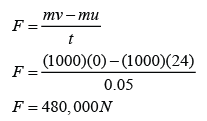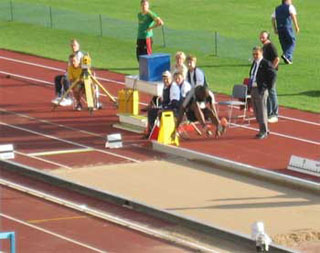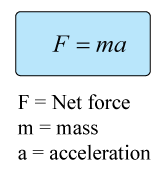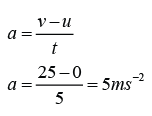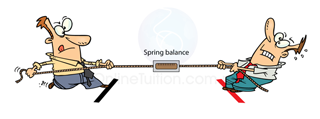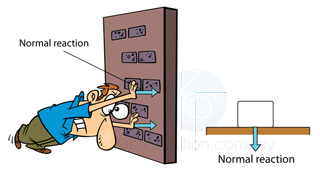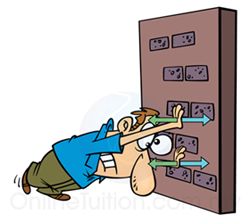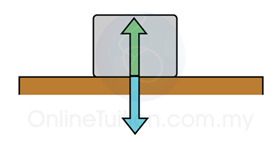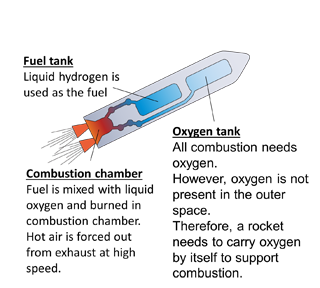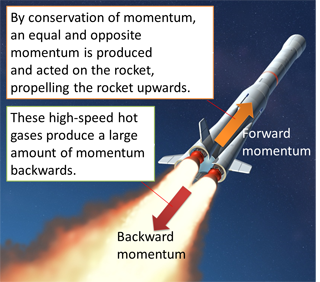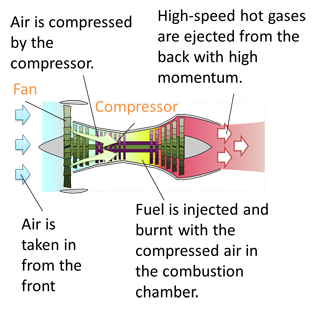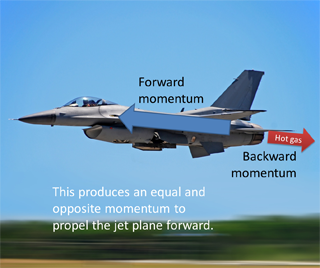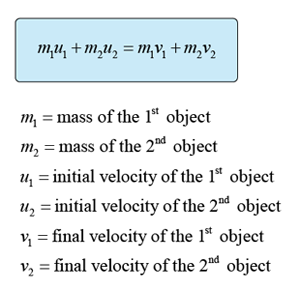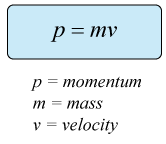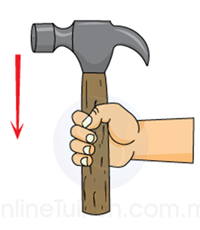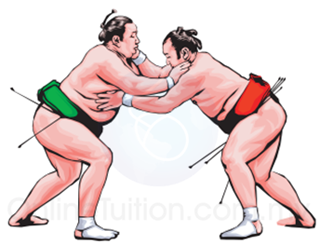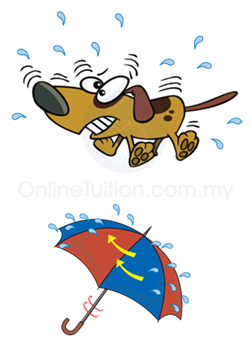Crumble Zone
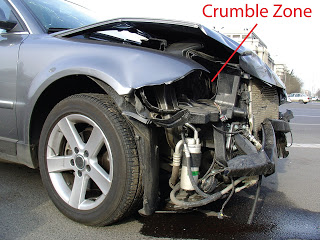
The crumple zone increases the reaction time of collision during an accident.
This causes the impulsive force to be reduced and hence reduces the risk of injuries.
Seat Belt
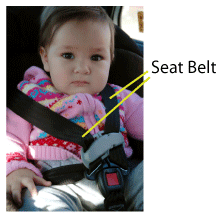
Prevent the driver and passengers from being flung forward or thrown out of the car during an emergency break.
Airbag
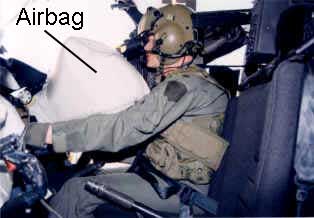
The inflated airbag during an accident acts as a cushion to lessen the impact when the driver flings forward hitting the steering wheel or dashboard.
Head Rest

Reduce neck injury when driver and passengers are thrown backwards when the car is banged from backward.
Windscreen

Shatter-proof glass is used so that it will not break into small pieces when broken. This may reduce injuries caused by scattered glass.
Padded Dashboard
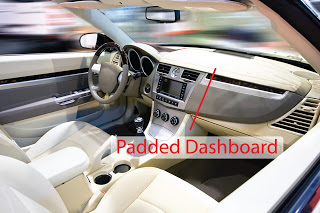
Cover with soft material. This may increases the reaction time and hence reduce the impulsive force when passenger knocking on it in accident.
Collapsible Steering Columns

The steering will swing away from driver’s chest during collision. This may reduce the impulsive force acting on the driver.
Anti-lock Braking System (ABS)

Prevent the wheels from locking when brake applied suddenly by adjusting the pressure of the brake fluid. This can prevents the car from skidding.
Bumper

Made of elastic material so that it can increases the reaction time and hence reduces the impulsive force caused by collision.
Passenger Safety Cell
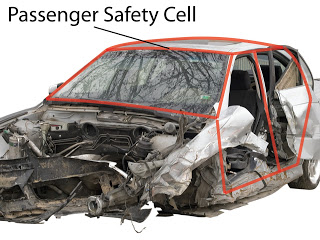
The body of the car is made from strong, rigid stell cage.
This may prevent the car from collapsing on the passengers during a car crash.

